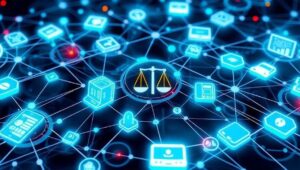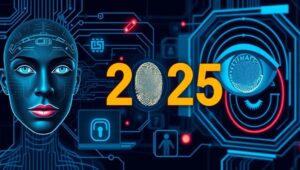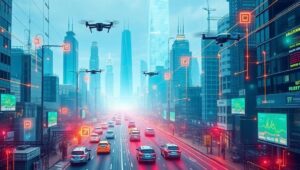May 31, 2025
Privacy Features We’ll Demand in 2026 Gadgets
As we look ahead to 2026, the conversation around data privacy is only intensifying. Consumers are becoming increasingly aware of how their personal information is collected, used, and shared, and they’re starting to demand more control. This heightened awareness is driving a push for enhanced privacy features in the gadgets we use every day. Let’s explore some of the privacy features we’ll likely demand in our devices by 2026. 1. End-to-End Encryption by Default End-to-end encryption (E2EE) ensures that only the sender and recipient can read the content of a message. No one in between, not even the service provider,












